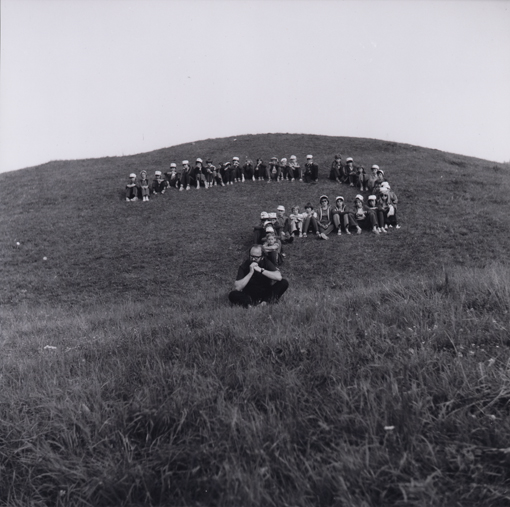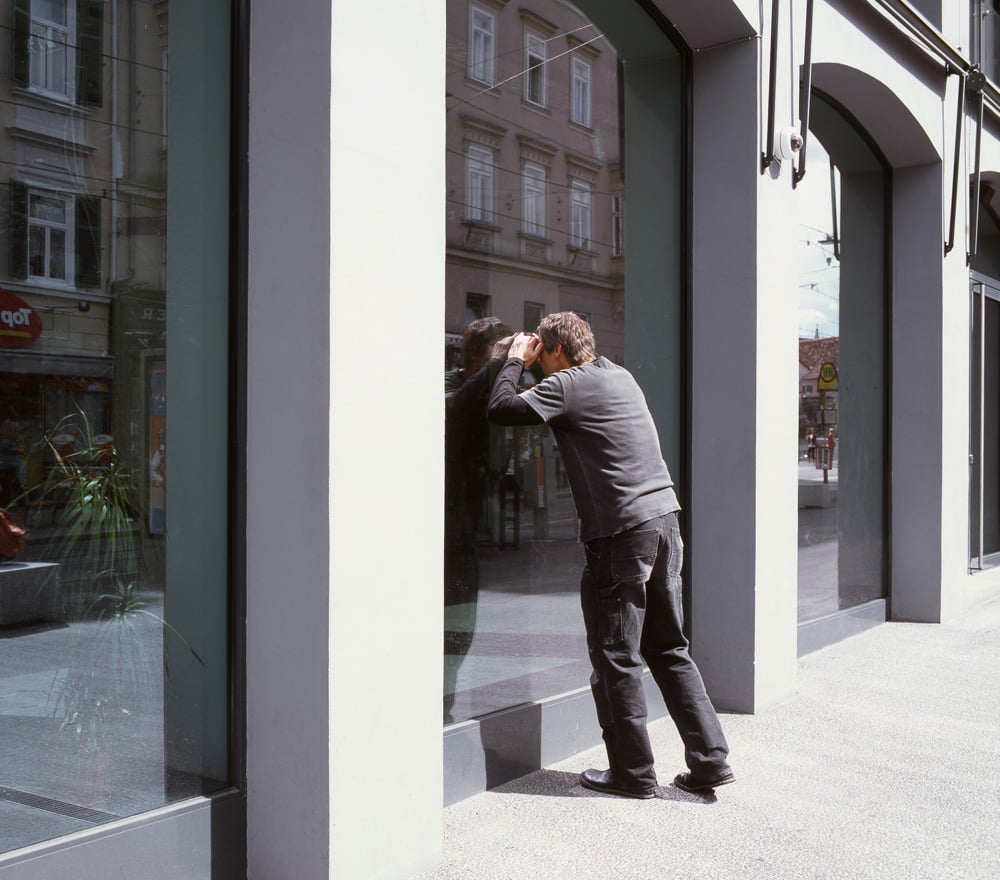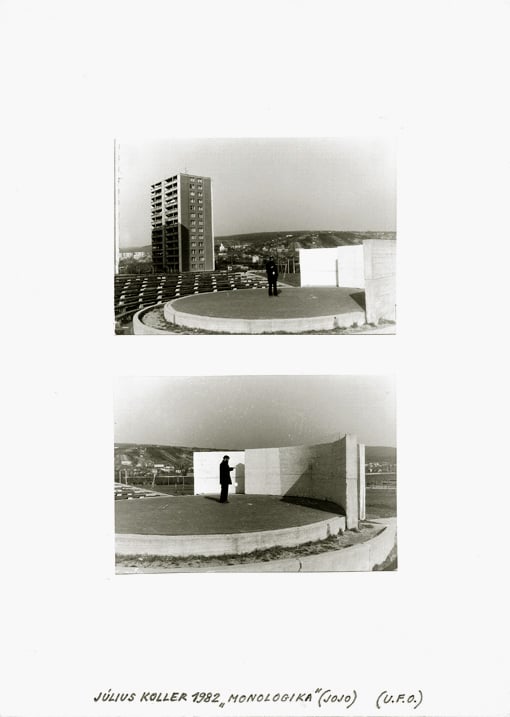Universal Futurological Question Mark (U.F.O)
1978 - Photography (Photography)
49 x 49 cm
Julius Koller
This work is one of Koller’s many variations which he began to use from 1970 to describe the ‘cultural situations’ he created. His “Anti-Happenings” turned mundane events into ‘cultural’ and ‘subjective’ situations. He sought to create new cultural situations that weren’t new art, but rather new ways of living: a new creativity for a new humanistic culture. In the face of Communist ideology, subjectivity reclaimed its role with all of its poetry and discord. The critic Jan Verwoert has commented on the significance of this constantly shifting reference: it ‘becomes a metaphor for the invasion of reality by the imagination. As such, it captures the essence of Utopian thought: to confront the microcosm of an actual state of affairs with the macrocosm of infinite possibilities – to show that society can be changed.’ (Jan Verwoert, ‘Július Koller: Kölnischer Kunstverein, Cologne, Germany’, Frieze no.79, November–December 2003, pp.98–9.)
In its stringency, obsession and peculiarity, the oeuvre of Julius Koller is one of the most idiosyncratic and consistent in European art since the 1960s. Yet Koller is not only a seminal figure in the history of the neo- and post-avant-garde; his work has long been a critical inspiration for artists and intellectuals. In the most recent past, Koller’s concepts of the Anti-Happening, the Anti-Picture, the Universal-cultural Futurological Operation (U.F.O.), his actions, objects, texts and the enormous referential archive he built up, have attracted growing interest on the part of a broader art public. From around 1960, in response to the modernist mainstream in Slovak art, Julius Koller began to develop his aesthetic position of the “antihappening.” His strategy consists in using real objects and everyday life as the predefined program for an aesthetic operation: from 1965, in texts rubberstamped on paper that refer to the context of the “anti-happening,” and then in 1967/1968 in pictures for which Koller used white latex paint instead of oils and which saw the first appearance of the question mark—the symbol of Koller’s brands of naming, or “making known,” that was later to undergo many mutations in various media and states of aggregation. The “invitation cards for an idea”—as Koller called the text works relating to the “anti-happenings”—and the palimpsests and serial arrangements of the “anti-pictures” set themselves apart from the academicism of Modernism in more than just formal terms. Koller foregoes every form of technical mastery. The “anti-pictures” are amateurish in style, ensuring that they fulfill their task, defined by Koller as “engaging rather than arranging.” Julius Koller was born in 1939 in Piestany, Slovakia. He died in 2007 in Bratislava.
Colors:
Related works featuring themes of: » Performance Art, » Slovakian
» see more

© » KADIST
Roman Ondak
2003As the caption purposely admits, these drawings were made by friends of Ondák’s at home in Slovakia asked to interpret places he has journeyed to...
© » KADIST
Rabih Mroué
2012The Pixelated Revolution is a lecture-performance by artist Rabih Mroué about the use of mobile phones during the Syrian revolution...
Other related works, blended automatically
» see more

© » KADIST
Roman Ondak
2003As the caption purposely admits, these drawings were made by friends of Ondák’s at home in Slovakia asked to interpret places he has journeyed to...
Related works sharing similar palette
» see more
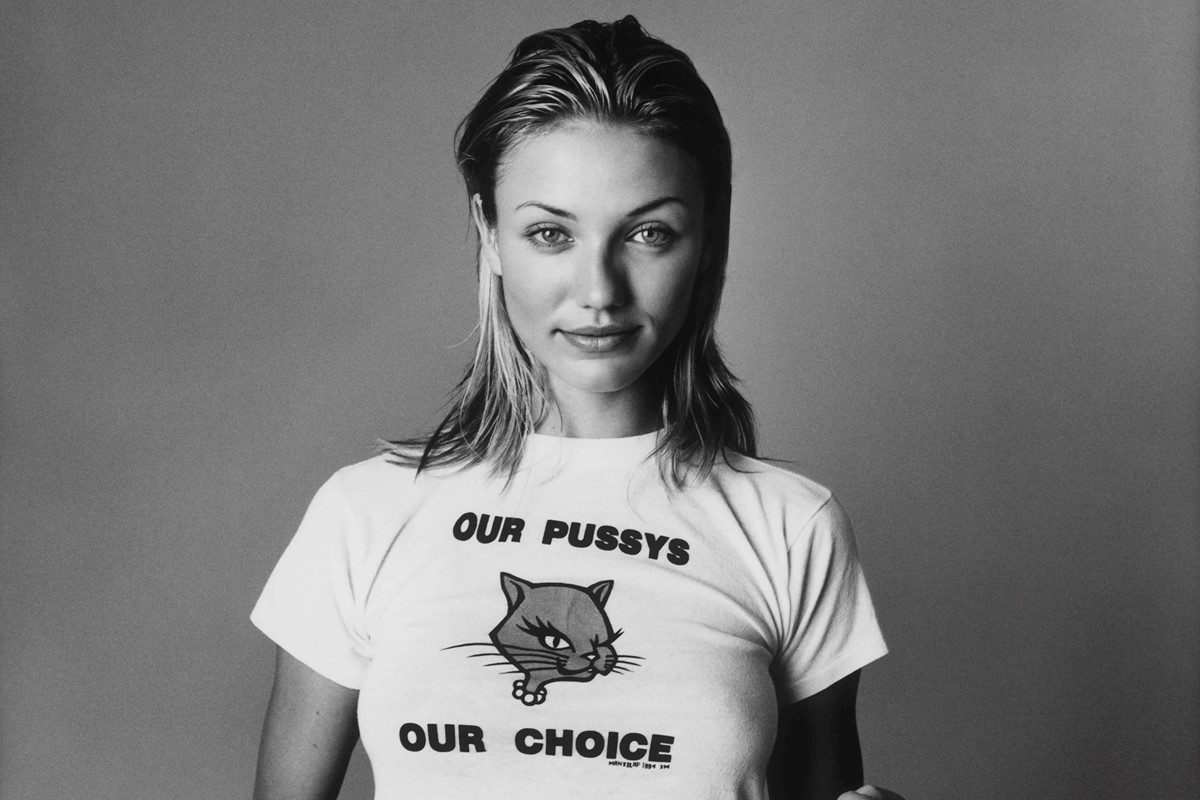
© » ANOTHER
The Story Behind Iconic 90s Images of Cameron Diaz, Heath Ledger and More | AnOther As his new exhibition opens in Milan, Michel Haddi tells us the story behind some of his most famous images of Gwyneth Paltrow, Kate Moss, Janet Jackson and more December 11, 2023 Text Gary Grimes Michel Haddi , the legendary French-Algerian fashion photographer, is a big believer in the importance of first impressions...

© » SLASH PARIS
Gildas Le Reste — & Guests — Galerie Catherine Putman — Exposition — Slash Paris Connexion Newsletter Twitter Facebook Gildas Le Reste — & Guests — Galerie Catherine Putman — Exposition — Slash Paris Français English Accueil Événements Artistes Lieux Magazine Vidéos Retour Précédent Suivant Gildas Le Reste — & Guests Exposition Dessin, estampe, peinture Gildas Le Reste, Notes de voyage #1, 2023 Encre sur papier marouflé sur toile Gildas Le Reste & Guests Encore 27 jours : 27 janvier → 9 mars 2024 La galerie Catherine Putman est heureuse de proposer une double invitation à Gildas Le Reste, comme artiste et commissaire d’exposition...
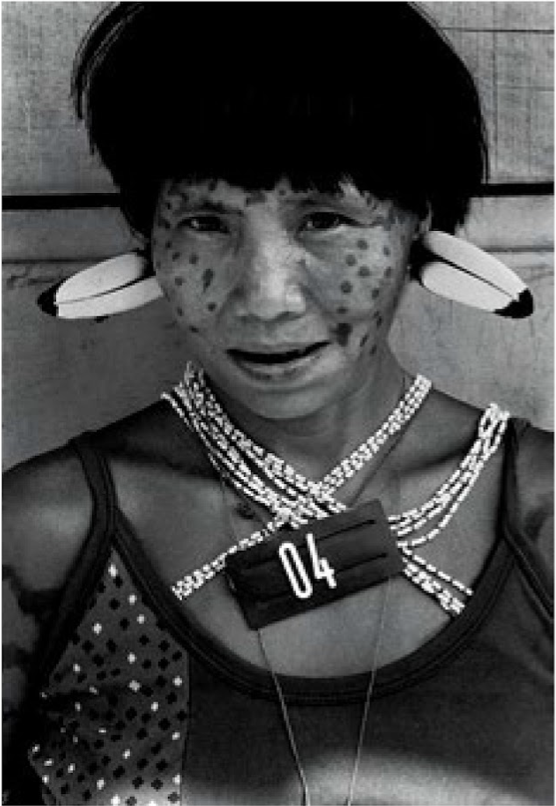
© » KADIST
Claudia Andujar
1984In 1980, with the construction of highways in Indigenous territories, an epidemic was brought to the Yanomami region...
Other works by: » Julius Koller
» see more

© » KADIST
Julius Koller
Anti-Happening refers to Koller’s 1965 manifesto, ‘Anti-Happening (System of Subjective Objectivity)’...
Related artist(s) to: Julius Koller » Rirkrit Tiravanija, » Mladen Stilinović, » Anton Vidokle, » Douglas Gordon, » Roman Ondák, » Deimantas Narkevičius, » Hans Ulrich Obrist, » Jiří Kovanda, » Mona Hatoum, » Rasha Salti
» see more

© » KADIST
Anton Vidokle
2020Shot in Oliveto Lucano, a village in the south of Italy, AUTOTROFIA (meaning self-eating) by artist Anton Vidokle is a cinéma vérité style film that slides fictive characters into real situations, and vice-versa, to draw a prolonged meditation on the cycle of life, seasonal renewal, and ecological awareness...
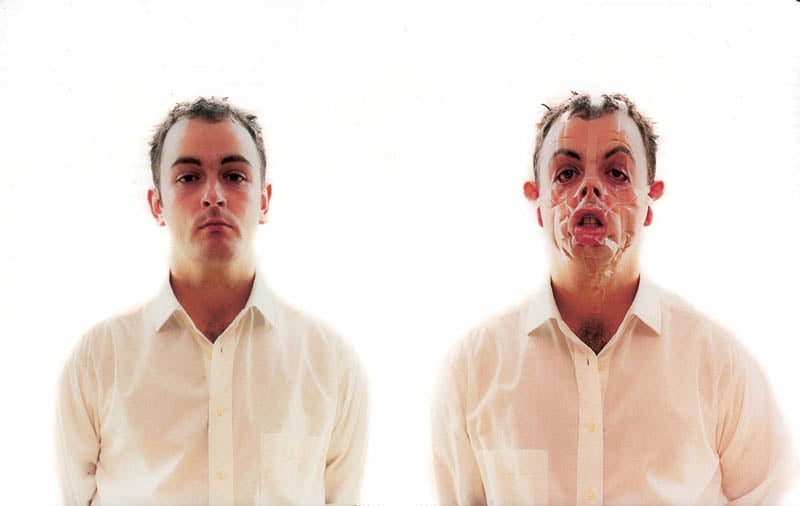
© » KADIST
Douglas Gordon
1996In Monster (1996-97), the artist’s face becomes grotesque through the application of strips of transparent adhesive tape, typical of Gordon’s performance-based films that often depict his own body in action...

© » KADIST
Douglas Gordon
2004Douglas Gordon’s single-channel video The Left Hand Can’t See That The Right Hand is Blind, captures an unfolding scene between two hands in leather gloves—at first seemingly comfortable to be entwined, and later, engaged in a struggle...
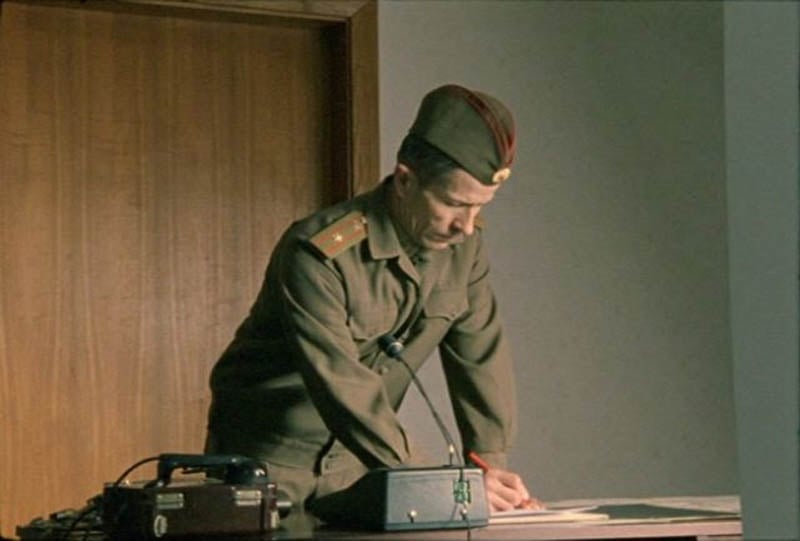
© » KADIST
Deimantas Narkevicius
2008The Dud Effect is a film that revisits the fear of nuclear attacks during the Cold War by staging the firing of a R-14 missile by a solitary soldier on the site of a real Soviet launch base installed in Lithuania...
Related works found in the same semantic group
» see more
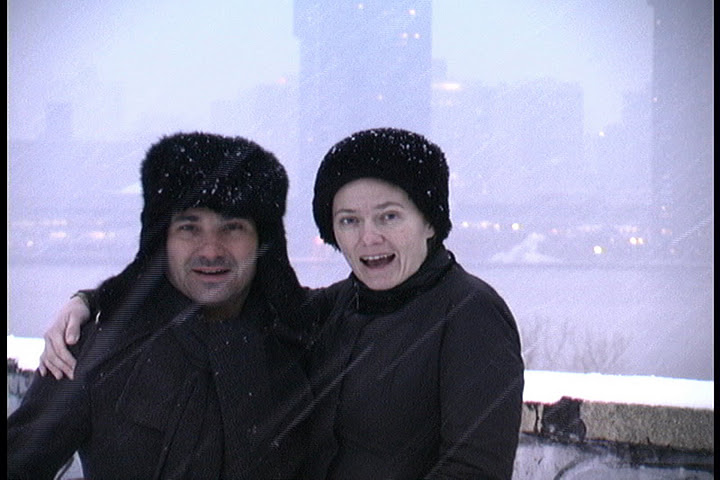
© » KADIST
Leonardogillesfleur
2005Leonardogillesfleur describe Action 3:02 as their “first New York blizzard storm at about 5am...

© » KADIST
Aaron Young
2007The artist describes the work as “very performative video-pieces but they take on a more sculptural feel...
